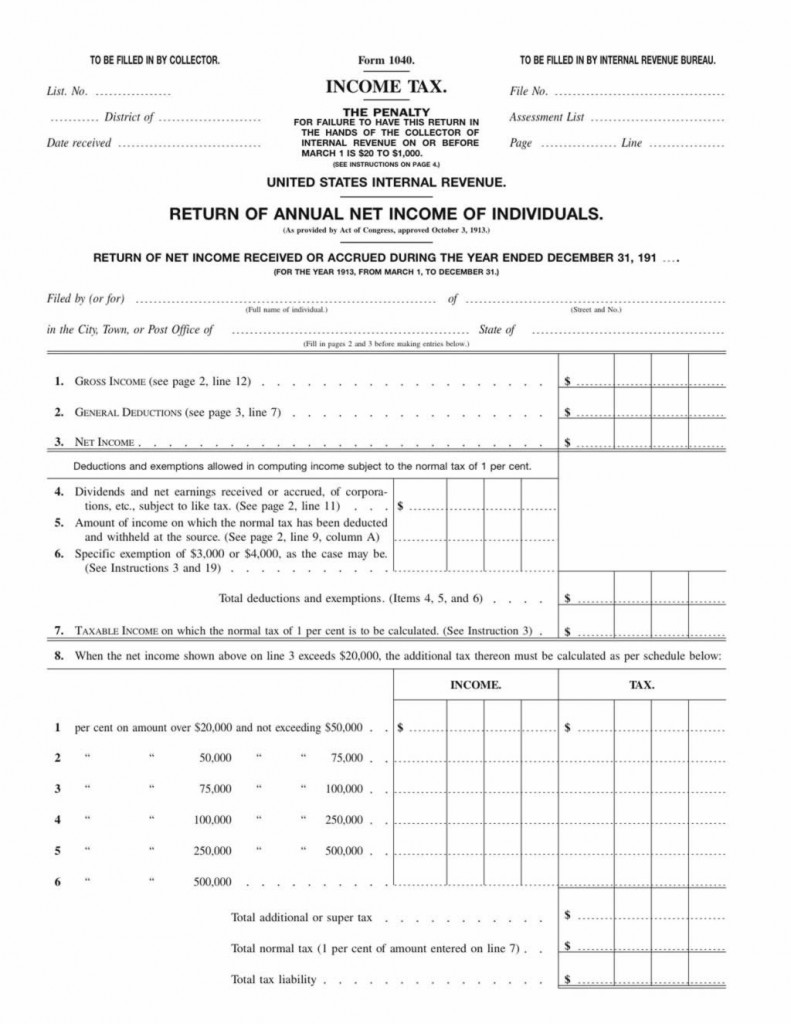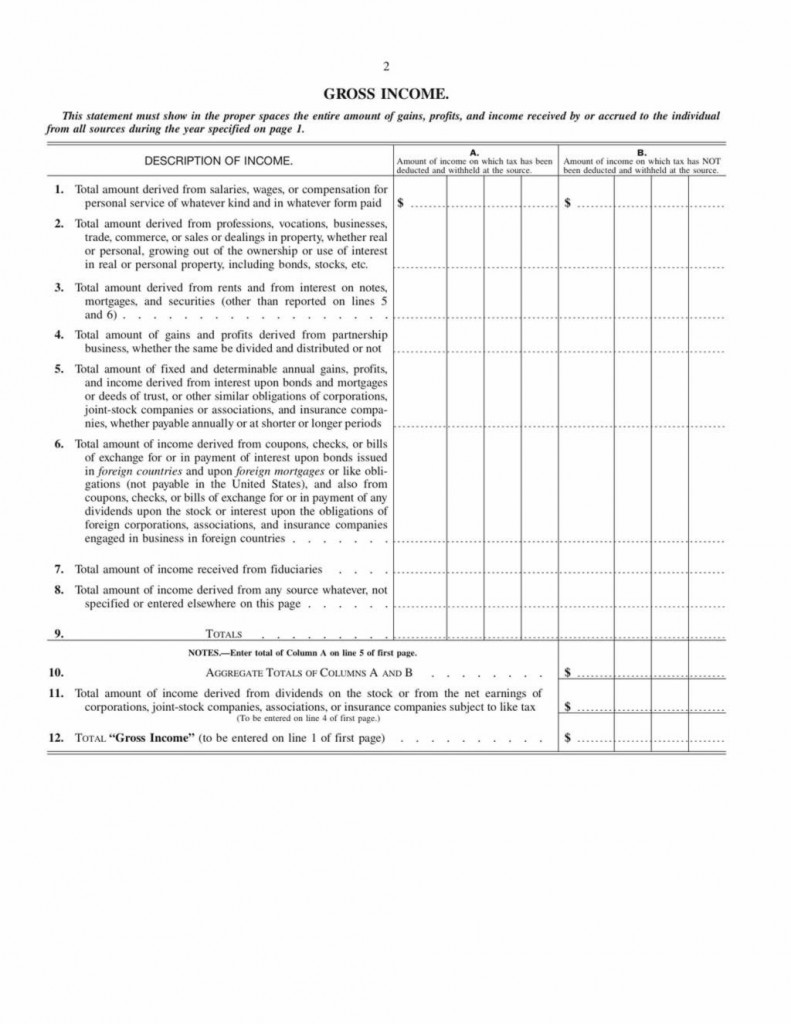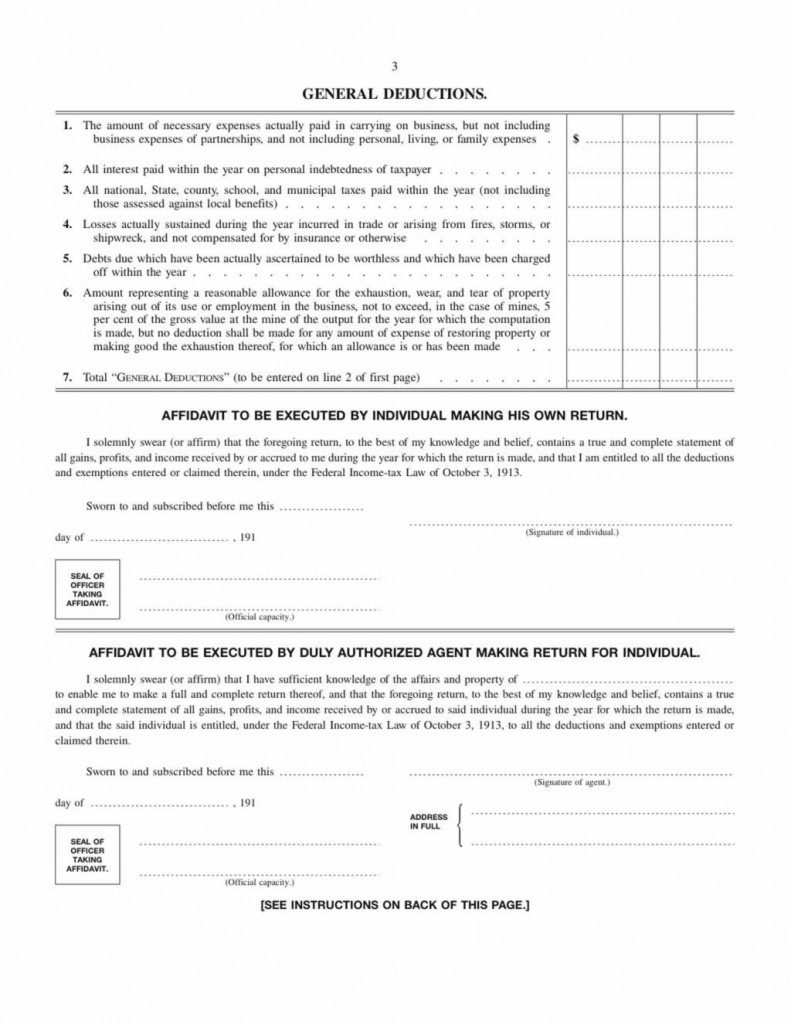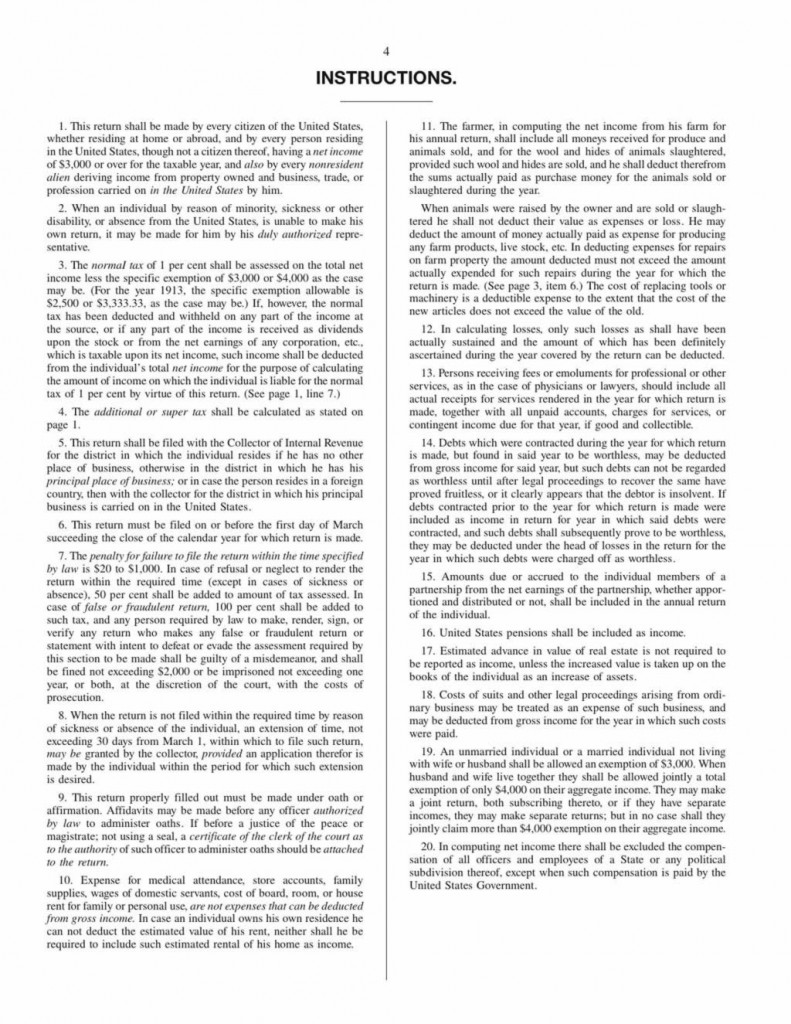by | ARTICLES, BLOG, BUSINESS, ECONOMY, FREEDOM, GOVERNMENT, HYPOCRISY, POLITICS, QUICKLY NOTED
A must read, food-for-thought from National Review:
Herd Instincts
Is Hillary Clinton a better commodities trader than George Soros, or did she just get really, really lucky? Both explanations leave something to be desired.
By Caroline Baum & Victor Niederhoffer — June 1, 2016
Editor’s note: A version of this article originally appeared in the February 20, 1995, issue of National Review.
When Newt Gingrich told a Republican audience recently that his lucrative book deal paled in comparison with Hillary Clinton’s cattle-trading profits, the Speaker’s comments were greeted with wild applause and raucous laughter. Opened to public scrutiny less than a year ago, Mrs. Clinton’s one hundred-fold return from trading futures has already become part of popular lore. Whenever anyone is suspected of making a fast buck nowadays, the First Lady’s adventure in commodities trading is bound to come to mind.
On October 11, 1978, the future First Lady, a neophyte investor with an annual income of $25,000, opened a commodity-futures account with a deposit of $1,000. Her first trade was the short sale of ten live-cattle contracts at a price of 57.55 cents a pound: a commitment to deliver in December of that year 400,000 pounds of cattle with a market value of $230,200. One day later, she bought the contracts back at a price of 56.10 cents, just 0.15 cent above the low of the day, pocketing $5,300 for a return of 530 per cent.
Mrs. Clinton continued to be a net winner at the game. By the time she closed her trading account ten months later, she had racked up $99,541 in profits, a spectacular 10,000 per cent return on her initial investment of $1,000. Either Mrs. Clinton was a better trader than the legendary George Soros, whose best-ever annual return in thirty years of trading was 122 per cent, or she was led by an invisible hand.
During a press conference last April, the First Lady attributed her success to her advisor James Blair’s “theory that because of the economy in the early part of the 1970s, a lot of cattle herds had been liquidated, so that there was going to be a big opportunity to make money in the late Seventies.” After examining Mrs. Clinton’s trading records, Leo Melamed, the father of financial futures and former chairman of the Chicago Mercantile Exchange, and Jack Sandner, the Merc’s current chairman, found nothing irregular except, on occasion, insufficient margin in her account. Anyone could have done as well, these gentlemen said, given the doubling of cattle prices during her year of trading. Mr. Melamed called the brouhaha over the First Lady’s financial affairs “a tempest in a teapot.” Mr. Sandner attributed her success to her “trading the biggest bull market in the history of cattle. If someone caught that trend and traded it well, they could make an extraordinary amount of money, a lot more than $100,000, on a small investment.”
RELATED: The Dirty Business of the Billary Machine, Again
Yet Mrs. Clinton bucked the trend and traded it well. Most of her trades, including her first two, her last two, and her single most profitable trade (in dollar terms) were initiated from the short side, anticipating a decline in cattle prices. Short selling by the public is extremely rare, especially on a first trade. When one considers that both the investor and her trading advisor were using a herd-reduction theory to capitalize on the biggest bull market in cattle in history, the success of her short sales raises a bright red flag.
In other situations where the legitimacy of a transaction is suspect, the courts are guided by the common-law doctrine, enunciated by Supreme Court Justice Antonin Scalia in the 1994 case BFP v. Resolution Trust Corporation, that “a transfer of title for a grossly inadequate (or in some cases grossly excessive) consideration would raise a rebuttable presumption of actual fraudulent intent.” Except for a press conference or two attended by sympathetic journalists not familiar with commodities trading, the First Lady has done nothing to rebut that presumption.
IN SEARCH OF SLIME
Cases of fraud are notoriously hard to prove. In the investigation of a suspected fraud, the prosecutor does not expect to uncover a document outlining the terms of an illicit financial transfer between two parties. Similarly, an insurance investigator does not expect to find an arsonist standing on the fire-ravaged premises with match and empty gasoline can in hand.
But the clues are there. Despite their best efforts, perpetrators of fraud usually leave a slimy trail — what fraud investigators refer to as badges or indicia. As the Tennessee Supreme Court put it in the 1835 case Floyd v. Goodwin, “Fraud has to be ferreted out by carefully following its marks and signs, for fraud will in most instances, though ever so artfully and secretly contrived, like the snail in its passage, leave its slime by which it may be traced.”
RELATED: Why Both Clintons Are Such Unapologetic Liars
Insurance investigators have an objective list of marks and signs that they look for when a presumption of fraud exists. In cases where arson is suspected, one of the first questions a fire investigator tries to answer is: Was the pet removed from the premises? Medical fraud might be indicated when the medical bills in question are photocopies, or if they fail to itemize office visits and treatments. In cases of automobile-accident fraud, one marker would be a claimant’s attempt to discourage an insurance investigator from looking at the damaged vehicle.
As far as we know, there are no indicia for commodities-trading fraud. So we took it upon ourselves to develop a checklist of fraud indicators that would apply to a broad range of financial trickery. We are confident that any investment activity that scores high on our test merits a red flag. We have rated the likely legitimacy of Mrs. Clinton’s activities on a scale ranging from 1 (highly likely) to 10 (highly unlikely) for each often criteria.
1. Were the returns excessive as measured against a normal yardstick of performance? Yes. As discussed above, Mrs. Clinton’s annual return was more than eighty times George Soros’s in his best year. As far as we know, no non-professional has ever achieved a return of that magnitude. Stanley Kroll, a well-known commodities broker who worked at three major firms at that time, has written that none of his retail customers turned a profit. Neither did those of any of his colleagues at other firms. Even Mrs. Clinton’s trading advisor, Jim Blair, who says he was “damn good” at making money in commodities, suffered a $15 million trading loss shortly after his pupil stopped trading. Score: 10 points.
2. Has there been any effort to suppress investigation of the transaction? Yes. Mrs. Clinton was adamantly opposed to the appointment of a special prosecutor to look into her and her husband’s financial dealings, including her own trading activities, during the late 1970s and 1980s. She attempted to deflect attention from the matter by explaining away her newfound wealth as a gift from her parents, until the Clintons’ 1978 and 1979 tax returns were made public and the actual source of her windfall profit was revealed. Furthermore, despite our repeated and friendly requests to both the First Lady’s and the White House’s press representatives, none of our questions concerning the elementary details of Mrs. Clinton’s trades and the availability of original documentation has been answered. Score: 10 points.
RELATED: All of Hillary’s Lies Are Premeditated
3. Are crucial records of the transaction missing or available only in duplicate form? Yes. The purchase and sale confirmations for Mrs. Clinton’s two most profitable trades are lost or missing. Her first, extraordinary transaction is also among the missing. The details were furnished by the Chicago Mercantile Exchange. Mrs. Clinton has no independent recollection of her first trade, which produced a 530 per cent return overnight. You can be sure that Fernando Valenzuela hasn’t forgotten the five shutouts in his first seven games as a rookie pitcher for the Los Angeles Dodgers in 1981. Score: 10 points.
4. Did the suspect alter his story regarding the activity in question? Yes. The White House furnished ever-changing versions of Mrs. Clinton’s trading activities. First, we were told she did her own research, relying primarily on the Wall Street Journal, and placed all of her own trades. Then mentor James Blair played an advisory role, but she made the decisions, determined the size, and placed all the trades. As it now stands, she relied on Blair’s advice, and he placed most of her trades. When queried, the First Lady said the confusion was the result of the way the story was communicated to the press. Score: 10 points.
5. Were a good portion of the purchases and sales executed near the most favorable prices of the day? Yes. As noted, Mrs. Clinton’s first trade of ten live-cattle contracts (sold short) was followed by a purchase at a price just 0.15 cent above the day’s low. The odds of a retail trader buying at a price 15 points off the intraday low on a ten-contract trade are about the same as those of finding the Dead Sea Scrolls on the steps of the State House in Little Rock.
Many of Mrs. Clinton’s subsequent transactions were executed near the day’s extremes, including her last big trade in July 1979. At a time when her account was $18,000 under water, she managed to sell fifty live-cattle contracts 0.12 cent from the high on a day when prices dropped by the 1.5-cent limit. Her very last trade was a purchase of fifty cattle contracts just 0.05 cent above the low of the day. Such precision trading would be enviable for a trader who spends every second of the trading day glued to the screen. It is a dazzling coup for a non-professional like Mrs. Clinton, who had many other claims on her time, such as litigating for the Rose Law Firm, serving on corporate boards, crusading for children’s rights, chairing the Legal Services Corporation, and performing various duties as the governor’s wife. Until Hillary’s diaries and Rose’s time sheets become public and reveal her whereabouts between the opening and closing of the cattle pit each day she traded, we cannot award her a perfect score. Score: 8 points.
RELATED: Habitual Liar Lies Habitually
6. Was there anything unusual about the suspect’s behavior or anything irregular about the activity in question? Yes. As mentioned earlier, Mrs. Clinton, a neophyte investor with nearly no savings, traded the biggest bull market in the history of cattle primarily from the short side. Her first three transactions were short sales. The irregularities connected with her first trade alone should have tripped the security system. The commission of $500 and bid-asked spread of around $600 on such a trade came to more than her entire initial equity of $1,000. So from the moment she entered her first transaction she had already lost more than she could afford to lose. Unlike that of most traders, Hillary’s trading activity rebought and sold everything from one and two lots to sixty contracts at a time. In her waning days as a speculator, she day-traded fifty contracts at a time when she already had an open position of 65 contracts. Score: 10+ points.
7. Was the risk in the trading program inconsistent with the customer’s net income and net worth? Yes. Mrs. Clinton’s 1978 earned income of $24,250 from the Rose Law Firm partnership and husband Bill’s $26,500 as Arkansas attorney general are considerably lower than the minimums set by most brokerage houses for opening a commodities-trading account. If for some reason Mrs. Clinton had lost rather than won $100,000, where would she have come up with the money?
On three separate occasions (in November 1978, December 1978, and July 1979), the value of Mrs. Clinton’s open positions was well in excess of $1 million for days at a time, and in two cases for up to three weeks. A 2 to 5 per cent move — the sort of move that occurs about once every two weeks — in the wrong direction would have wiped out not only the Clintons’ net income for the year but also their entire net worth. Their joint political aspirations would have gone up in smoke if the governor-elect had been forced to declare personal bankruptcy as a result of his wife’s speculations in commodities futures. Score: 10 points.
RELATED: Clinton and Trump: The Moral Universe of Liars
8. Was the suspect in a position to do a favor for any of the other parties involved? Yes. Hillary’s advisor, James Blair, was not only a family friend, but also counsel of Tyson Foods, the largest chicken processor in the world and Arkansas’s biggest employer. According to a 1994 article in The New York Times Magazine, the company’s chairman, Don Tyson, viewed “politics as a series of unsentimental transactions between those who need votes and those who have money . . . a world where every quid has its quo.” Clearly Tyson had money, and he put it on Bill Clinton in 1978. In return, as reported in The New York Times Magazine, he expected the new governor to raise the legal truck-weight limit in Arkansas so that Tyson Foods could compete with out-of-state poultry truckers.
Blair may also have been balancing an item in his own account. In the early months of the Carter Administration, Bill Clinton coordinated federal patronage in Arkansas, and one of his first moves in this area was to recommend Blair for the chairmanship of the Federal Home Loan Bank Board.
In Keys to Crookdom, written in 1924, George C. Henderson comments: “The great grafter does not buy government officials after they are elected, as a rule. He owns them beforehand,” And, in a prescient conclusion: “Occasionally good and faithful servants are rewarded by attorneys’ fat fees, gifts and market tips in addition to emoluments of the office.” Score: 10 points.
9. Was there any history of illegal, irregular, or unethical behavior on the part of the broker? Yes. Red Bone, the broker of record for both Mr. Blair and Mrs. Clinton, was suspended from trading for a year, even before he left Tyson Foods to run the Refco brokerage office in Springdale, Arkansas, for trying to comer the egg futures market. In 1979, Red was disciplined by the Chicago Mercantile Exchange for “serious and repeated violations of record-keeping functions, order-entry procedures, margin requirements, and hedge procedures.” Refco was fined $250,000, at the time the largest fine ever levied for commodity-trading violations.
One of Refco’s Springdale brokers at the time has admitted under oath that the firm was buying and selling blocks of contracts and allocating them to customers after the market closed. In one instance, after being chastised by their superiors in Refco’s Chicago headquarters, the brokers had to set back the time-stamp clock before stamping the day’s trades to give the appearance that account allocations had been properly made. Score: 10 points.
RELATED: The Clintons’ Greatest Political Gift: Getting Millions of Americans to Defend the Indefensible
10. Were rules, regulations, and normal operating procedures violated? Yes. Mrs. Clinton insists that despite the advice she received from James Blair, she maintained a non-discretionary account. Any non-broker who places an order for a customer is, by definition, acting in a discretionary capacity and must file the appropriate documents. And in view of Mrs. Clinton’s busy schedule and the precision timing of many of her trades, it is likely that Mr. Blair placed the orders without consulting with her. Yet no discretionary forms were ever filed. Finally, it is inconceivable that a prudent broker would assume all of the risk exposure for a client who did not have the funds to support her positions without a third-party guarantee. Score: 10 points.
Hillary’s total score on our financial hanky-panky scale is 98 out of 100, catapulting her to the top of the class for potential commodities fraud. A detailed examination of her trades seemed in order. We started with records of each purchase and sale confirmation and all of the monthly statements that were provided by the White House. Next we looked at the high, low, open, and close on each of these days to see how her fills compared to what was available. Finally, we calculated the unrealized gains, required margin, available equity, and commitments outstanding for each day during Mrs. Clinton’s ten months of trading.
FAVORABLE TREATMENT?
Backed up by legions of data, we were prepared to rebut the First Lady’s contention that “there isn’t any evidence that anybody gave me any favorable treatment.” Our analysis of the data and other documents yielded these observations:
1. Mrs. Clinton’s account was under-margined by $50,000 to $80,000 during a one-month period beginning November 10, 1978. Again in July 1979, her margin requirements were approximately $100,000 for several days, when there was negative equity (minus $30,000) in the account. A normal rule of thumb for commodity traders is to maintain equity of at least five times the margin requirement. Mrs. Clinton routinely reversed this ratio, maintaining equity around one-fifth of her required margin.
2. Her total equity would have been wiped out on three occasions, taking into account the commissions due and the cost of exiting the trades. On July 17, the commissions and bid-asked spreads on newly opened positions, added to her existing deficit going into the day, could have totally wiped out the family’s net worth, even without any market move against her.
3. Her name was misspelled “Hilary” on all the official brokerage statements she produced, raising the question of whether the statements were ever mailed to the detail-oriented attorney.
4. Her first two monthly statements reveal identical misalignments and faulty keystrokes on certain letters, raising doubts as to their authenticity. It wouldn’t take a great stretch of the imagination to conclude that they were generated simultaneously in an effort to cover the slimy trail.
5. Withdrawals from her account consistently kept her equity below $15,000. After each big win, she withdrew the spoils. Finally, after making about $100,000 in four days in July 1979, she closed her account down. Such behavior is inconsistent with human nature, as observed any day in Las Vegas or Atlantic City, as well as with Mrs. Clinton’s insistence that she reinvested her profits.
6. Two-thirds of her trades showed a profit by the close of the day she entered them, and 80 per cent of her trades, on both the long and the short sides, were ultimately profitable, percentages that are rarely achieved by the most successful professionals.
7. Commissions and slippage of her trades totaled more than 37 times her initial equity.
8. Most of her 33 trades were for five or ten lots. But on three occasions Mrs. Clinton traded fifty or sixty contracts, positions that would normally require about $1 million in equity to support. Each of these trades was entered at extraordinarily favorable levels relative to the price range of the day and was highly profitable by day’s end. On two of the large trades the overnight profits pushed a negative equity into the black. Had Mrs. Clinton lost on any of the large trades, the implications for her “investment program” would have been dire.
9. For a two-week period in July 1979, the equity in her account swung from negative $31,000 to positive $62,000. Finally, after the purchase of fifty contracts just a gnat’s eyelash above the low of the day, the account was closed with a withdrawal of $60,000, bringing total withdrawals to more than $99,000. Mrs. Clinton was allowed to trade like a millionaire, in the process violating numerous rules and procedures that industry professionals have developed to prevent financial catastrophe to customer and brokerage house alike.
10. More egregious than any of these other red flags of commodity-trading fraud was the size of Mrs. Clinton’s commitments. From day one, the size of her positions was wildly out of line with the equity available to absorb loss. On November 13, 1978, with $13,000 in her account, she controlled a position of 62 contracts with an underlying market value of $1.9 million. On December 11, 1978, she had $6,000 in her account and a ninety-contract position valued at $2.3 million. And on her third to last day of trading, July 17, 1979, she had 115 contracts outstanding with a market value of $3.2 million. The equity in her account was a negative $18,000.
The fluctuations in the price of Hillary’s cattle commitments taken in 1978 and 1979 averaged 1 per cent a day from close to close and 2 per cent from high to low. On unusual days, once or twice a month, cattle prices fluctuate by 4 or 5 per cent. All commodity traders know that they must be sufficiently liquid to withstand such extreme swings and avoid financial ruin. One 4 or 5 per cent adverse fluctuation in Mrs. Clinton’s position would have constituted five times her annual income and five times her net worth. And this is just a one-day move. Commodities have a nasty habit of moving against you for several days in a row, right to the point where you are forced to liquidate. But whenever Mrs. Clinton was on the brink of ruin, she managed to pull a rabbit out of a hat.
The outlook was not bright for her in the middle of July 1979. The total equity in her account was a negative $31,245. She owed $65,000 in margin requirement. On July 17, she doubled up, selling fifty more contracts just 0.12 cent off the day’s high of 68.72, and covering it that same day for a profit of $10,400. At the time, her required margin was $115,000 and her total cash due to the broker was $135,000. Most speculators know that doubling up when one’s position is seriously under water is a one-way ticket to ruin. Only if she had held a confirmed, round-trip ticket would someone in Mrs. Clinton’s position have been willing to risk the farm in such a high-stakes game. Providentially, three days later, on her last day of trading, the whole situation was resolved. Cattle closed down the limit again, and Mrs. Clinton covered her short position down by just 0.05 cent above the limit. She ended her career as a speculator with a final flourish to rival her first trade.
After extensive research, we have satisfied ourselves that Mrs. Clinton was neither naive nor lucky nor particularly talented as a trader. Even individuals who have never visited a futures exchange or traded one futures contract will, upon examination of the evidence, be convinced that Mrs. Clinton’s representation of the events 15 years later is highly implausible.
After a concerted attempt to follow the path and uncover the truth, we are still left with one gnawing question. Hillary Clinton earned profits of $99,541. What happened to the other $459?
Editor’s Note: This article as originally printed and reprinted mistakenly said that James Blair declared bankruptcy. In fact it was his broker, Robert “Red” Bone, who declared bankruptcy.
— Caroline Baum is a financial columnist with Dow Jones Telerate. Victor Niederhoffer is a commodities speculator. The authors wish to thank Jay McKeage and Jon Normile for their assistance. This article originally appeared in the February 20, 1995, issue of National Review.




